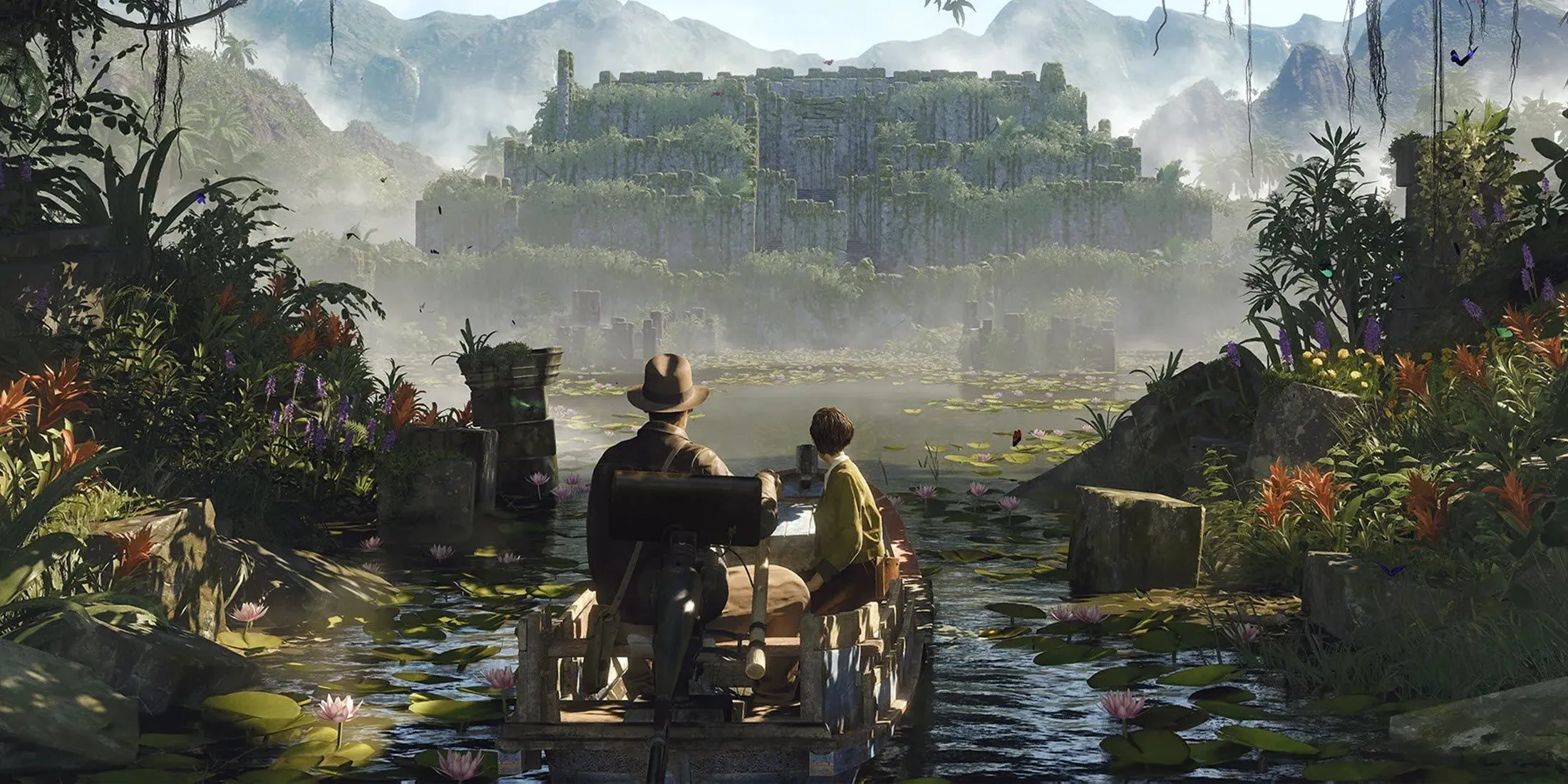
Historically, Indiana Jones video games have typically followed a linear structure. From the classic point-and-click adventures developed by LucasArts to action-filled experiences like Indiana Jones and the Emperor’s Tomb, and even the LEGO adaptations, players often guided Indy through a sequence of predetermined objectives. However, with the upcoming release of Indiana Jones and the Great Circle, fans can anticipate a fresh experience that sets itself apart from previous titles.
Indiana Jones and the Great Circle embraces the concept of an immersive simulation, placing players in expansive, open-world environments. While players can indeed pursue main objectives in a linear style, the game’s design encourages exploration and interaction. Each open area is packed with a variety of side quests, collectible items, disguises, and upgrade opportunities. The richness of these optional activities is enhanced by the game’s cleverly interconnected level layout.
Level Design That Deepens Immersion






Logical Interconnected World Design
World design plays a crucial role in creating an immersive experience in video games, particularly in the immersive sim genre. A convincing setting must feel alive, adhering to the established in-game logic and rules. The environment should not revolve solely around the player’s actions.
The various environments within Indiana Jones and the Great Circle exemplify these principles. Its realistic lighting, diverse AI behaviors, and atmospheric sounds combine to establish a world that feels lived-in and genuine. The interconnected level design enhances this realism, inviting players to engage with their surroundings on a deeper level.
For instance, the Vatican area features a central courtyard that branches into multiple pathways, leading to a variety of interiors and streets for players to explore. These diverse routes—ranging from underground tunnels to rooftop balconies—are designed to feel organic within the game’s context, thereby heightening players’ immersion.
Building a Player Connection Through Exploration
A significant advantage of a well-structured interconnected level design is its ability to cultivate a strong bond between the player and the game world. As players navigate the open environments and traverse familiar pathways, they begin to memorize the layout, allowing for more confident navigation over time.
The excellent map system in Indiana Jones and the Great Circle serves as a vital tool in fostering this connection. Throughout the game, players will journey through chapels, gardens, and connecting alleyways, ultimately mastering shortcuts between essential locations.
For example, a knowledgeable player might choose to reach the Excavation Site from the central courtyard via scaffolding, entering through a specific window and strategically maneuvering through various puzzles and doorways. This strong familiarity solidifies the locations in the player’s memory, transforming them into iconic settings within the gaming landscape.




Leave a Reply